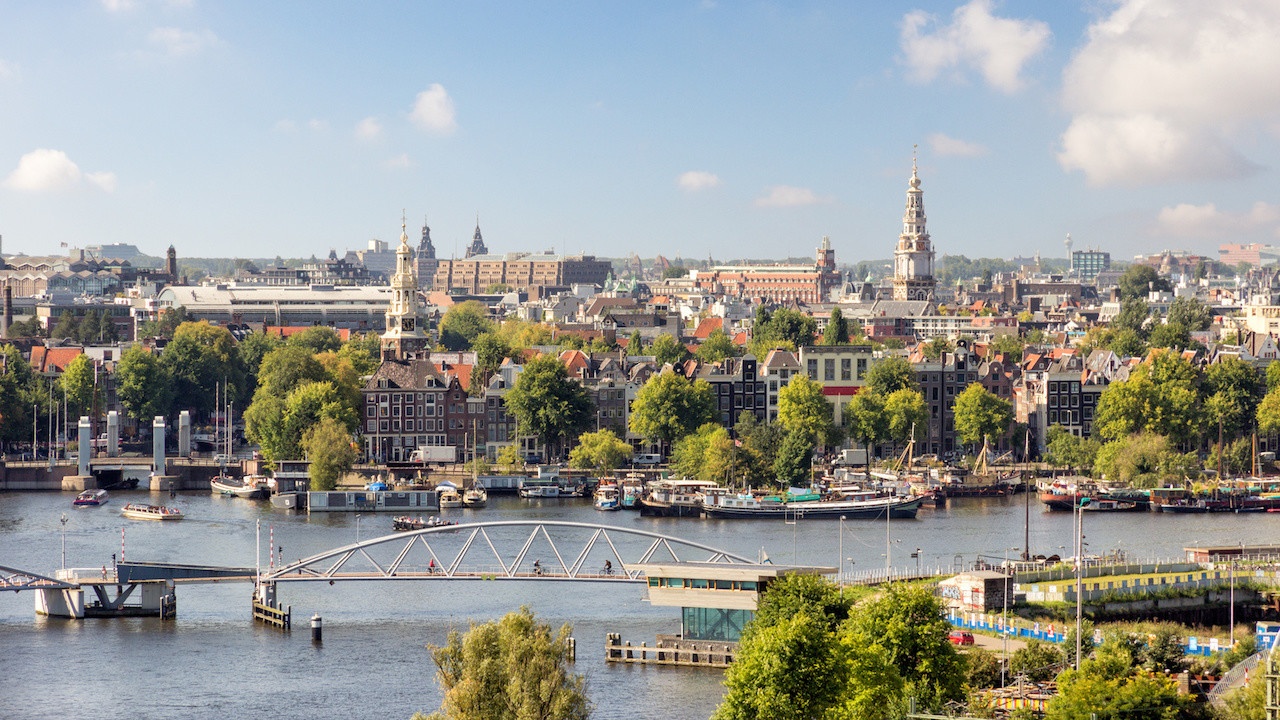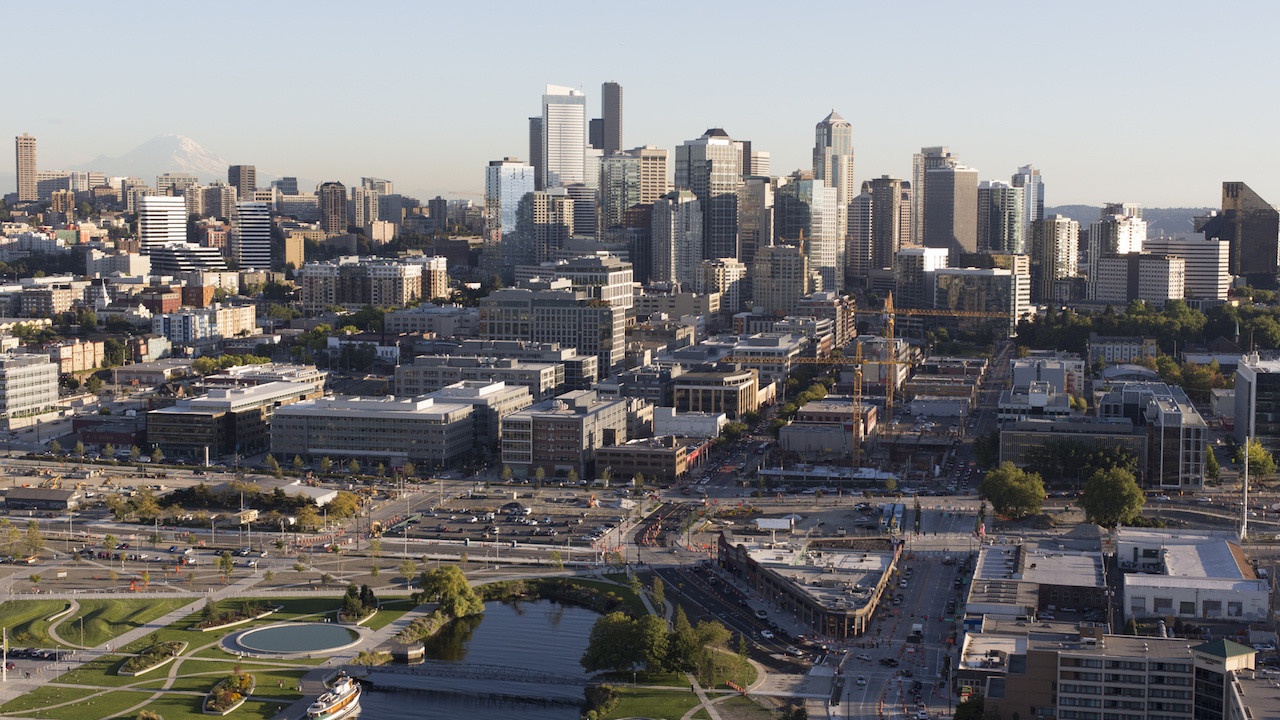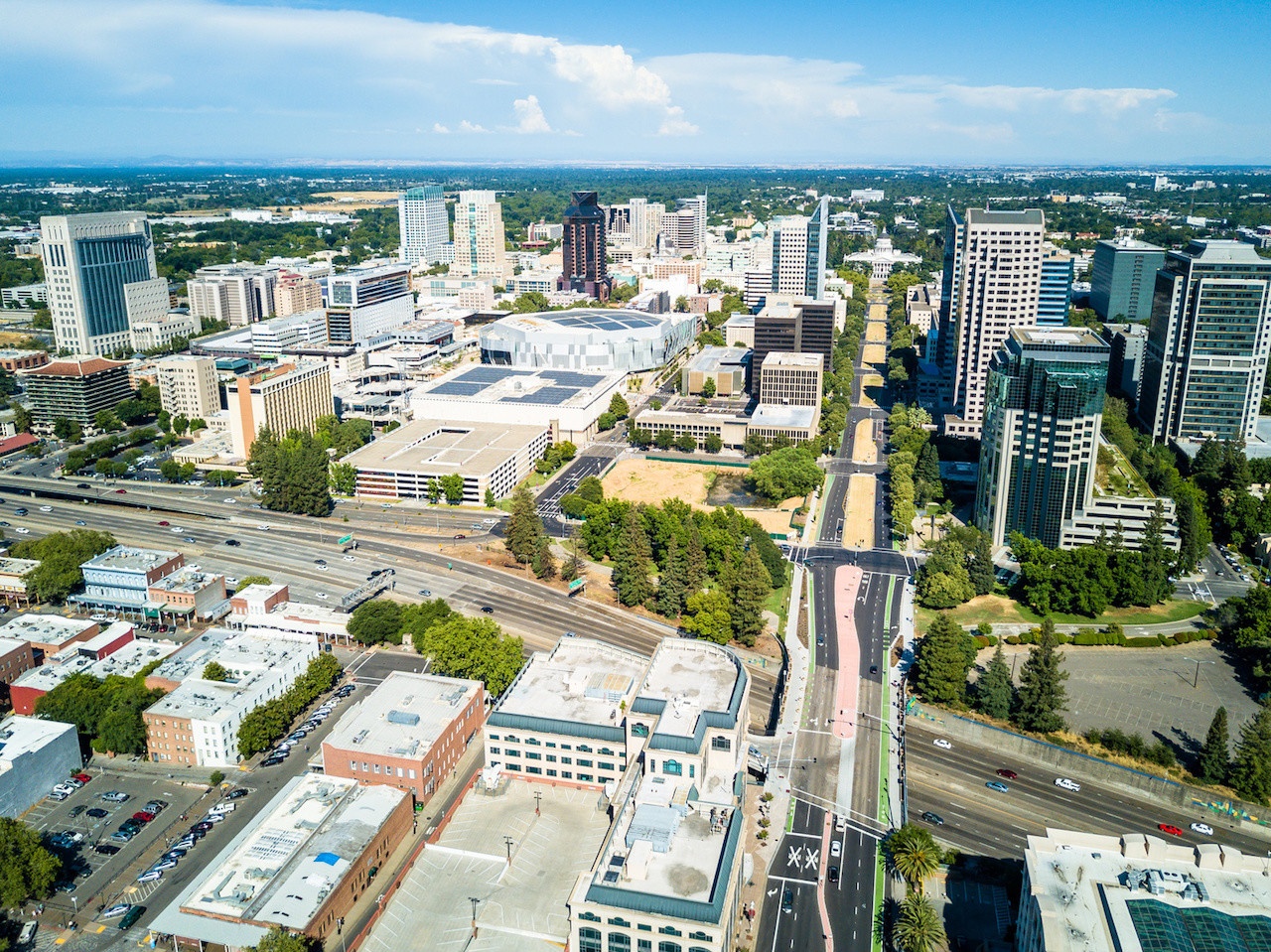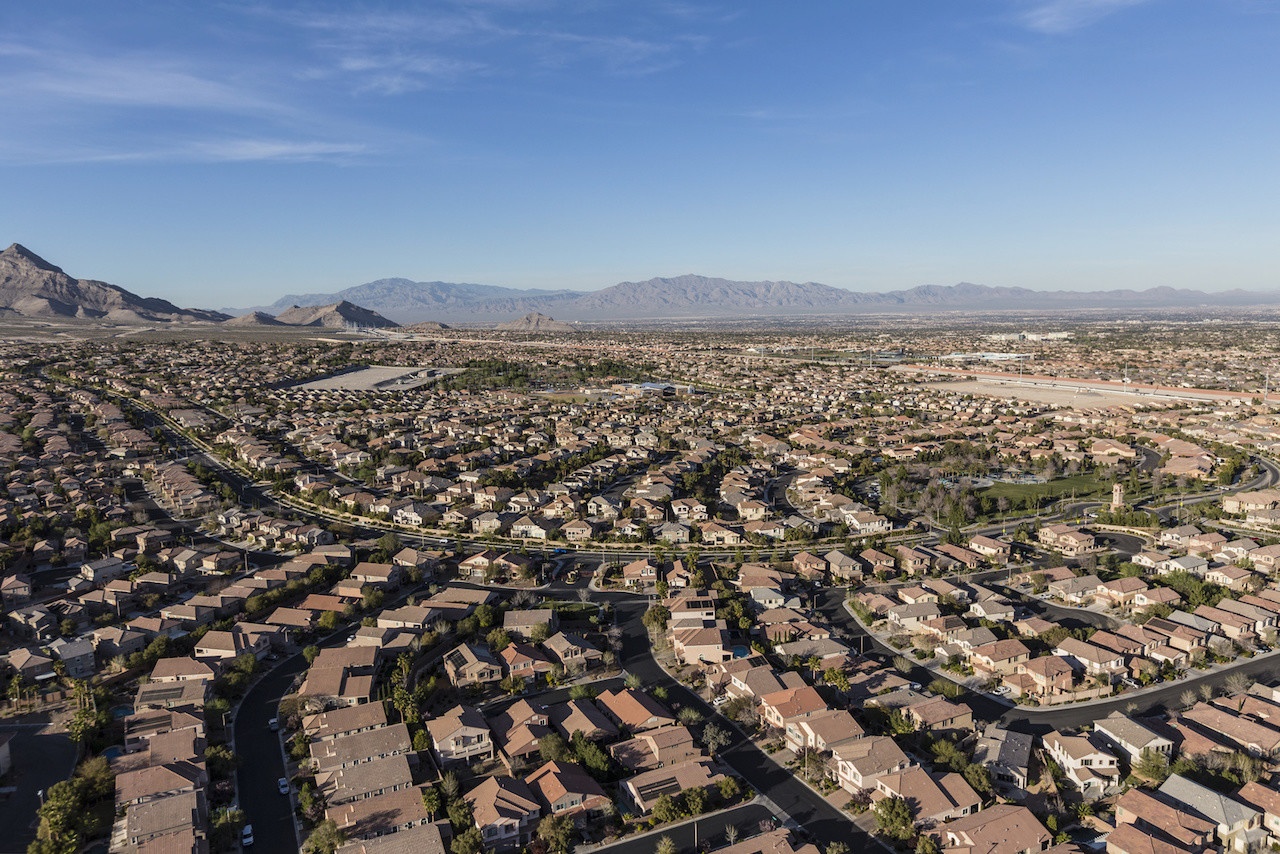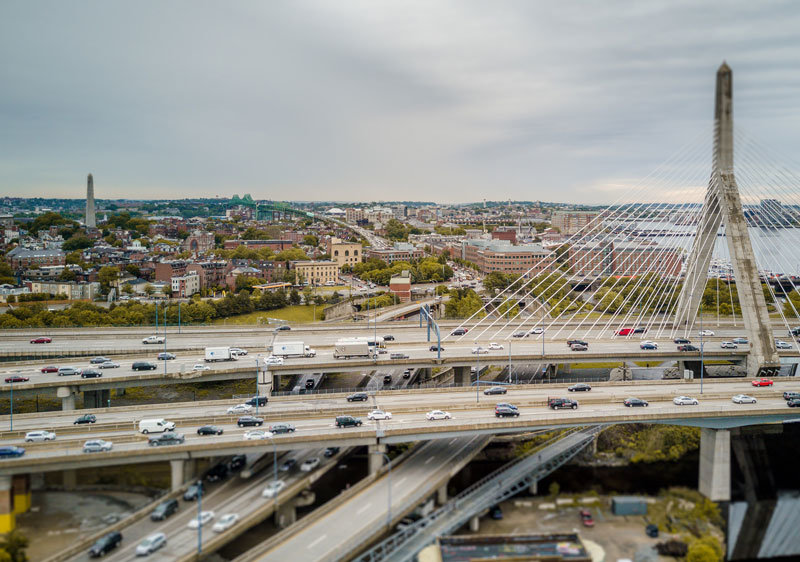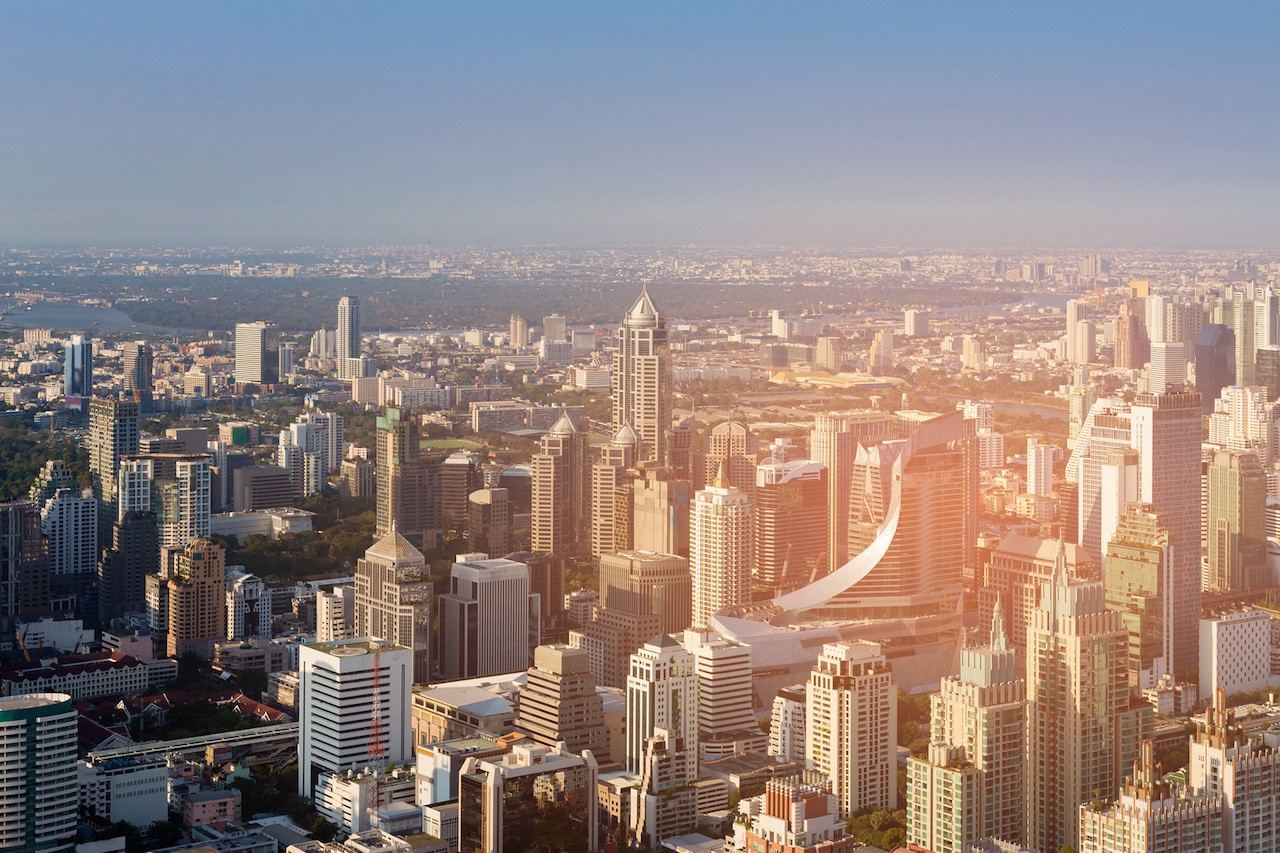Mobility
A broad category of content focused on mobility-related topics in cities.
Examples: public transit, shared mobility, multi-modal mobility, micro-mobility, autonomous vehicles, parking, transportation planning
Better Urban Living Through Parking Solutions
Cities and private parking owners can use parking analytics to create policies and rates, adapting them to changing conditions or shifts in demand. Parking analytics help managers better understand pricing and maximize revenue in different parts of the city. This can also be adjusted for special events or if new businesses move into a location.
Four Traffic Safety Solutions Implementable Now
On September 11, 2001, nearly 3,000 people were killed in New York City, Washington DC, and Pennsylvania, in the worst terrorist attack in U.S. history. It was a senseless act of violence. On September 12, 2001, 100 more people were killed at dozens of locations...The Future of Transportation Disruption and How Public Agencies Can Respond
The actions of government can have a dramatic effect on outcomes. Policy or regulatory responses can change costs of a ride or the number of people in a vehicle. Governments can use policy and regulation to balance the desires private companies with the public good.
How Autonomous Vehicles Will Influence the Future of Travel
Disruptive trends extend beyond just the technology changes in transportation. While not a complete list, we identified 16 factors related to trends including, but not limited to, job market health, fuel prices, social networking, vehicle ownership, AVs, and internet shopping. Despite the unknowns, we tested the potential AV effects using traditional regional travel forecasting models. In our case, we tested scenarios using models from seven regions across the US combined with similar test results from two additional regions.
Optimizing Urban Traffic Patterns in the Age of Navigation Apps
For City, County, and State agency staff and engineers, agency personnel are confronting cell phone navigational applications that choose the quickest routes based on calculated pathways (algorithms), not based on the classifications for the roadway use. The roadways are classified to balance access, speed and traffic volumes. What has occurred as a result of these navigation apps is a significant increase in cut-through traffic, speeding on side streets, and, for traffic engineers, greater use of roadways not intended for higher volumes.
The Micro-Mobility Revolution
The explosion of electric scooter services in the United States in 2018 took many by surprise — both in the public and private sectors. While many cities are working to determine how to develop policies and frameworks for managing this latest wave of transportation innovation, our study presents independent analysis on the adoption and perceptions of electric scooters to help guide mobility strategies.
10 Objectives for Assessing Mobility as a Service (MaaS)
MaaS has a lot to offer to public transit and it’s time to take a closer look at those benefits. Contrary to a common misconception, integration of third-party transit services into the wider public mobility offering doesn’t hurt transit, it actually encourages wider use of public transit, maintaining and even actively increasing ridership. Alternative transit services can address first/last mile problems as well as serve routes that are typically very costly and require a high level of government subsidy (e.g. paratransit), not only increasing revenues for transit agencies but also helping to direct funding and investment back to core transit services.
How the Next Generation of Mobility will Affect Cities
Mobility is not about a car or a bus, it’s about accessing the resources we need in a timely manner or being in contact with people we want to interact with, for any number of reasons. We have already seen how technology can enable remote access to information and some basic medical care, how people can work remotely from an office base or enable a web of delivery services to avoid the need for individual transport to and from a location. New technologies, both those we label as mobility and those we call Internet based, will continue to evolve and further alter what we think of as mobility.
TNCs Existential Threat to Public Transportation
It is more than ironic that well into the 21st Century, the one great disruptive change in personal mobility is built upon the increased use of the internal combustion engine. Transportation Network Companies (TNCs) such as Uber and Lyft have become major players in the provision of personal mobility, primarily in urban areas. The problem with TNCs – and I say “problem” because it relates to what I perceive as their most negative impacts – is the essential auto-centric nature of the industry.
Managing the Transition to Shared Automated Vehicles: Building Today While Designing for Tomorrow
To plan for the transition to automated vehicles, cities and county governments should develop building and zoning codes that not only accommodate adaptable parking but encourage it by design. This can include amending building codes to require infrastructure that makes transforming garages into inhabitable buildings possible. As automated vehicles begin to enter the marketplace, cities should consider incentives and other programs to begin the conversion of ground level parking to commercial uses.
Autonomous Vehicles and Roads: An Emerging Relationship
Is it out of the realm of possibility that the privatization that happened with other critical infrastructure in prior years in the US could also happen with the nation’s road network? It is a controversial and seemingly impossible thing to consider. Yet it is a question that only something as large and transformative as the autonomous vehicle can answer.
How Smart City Policy Can Support Electric Vehicles
If cities wish to obtain the environmental, public health, and quality of life benefits of electric vehicles, they will need to plan for the dramatic expansion of electric vehicle charging infrastructure.



